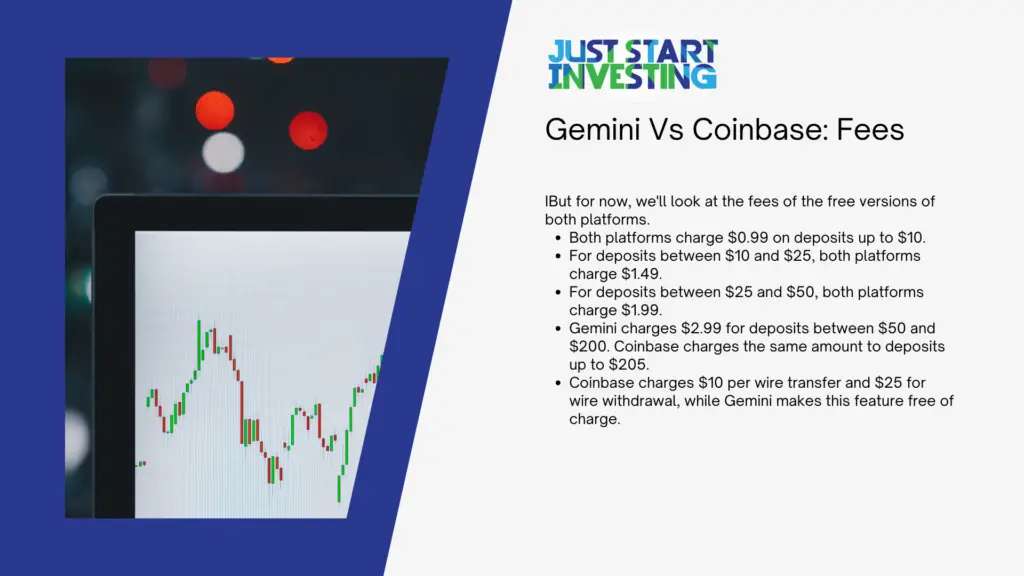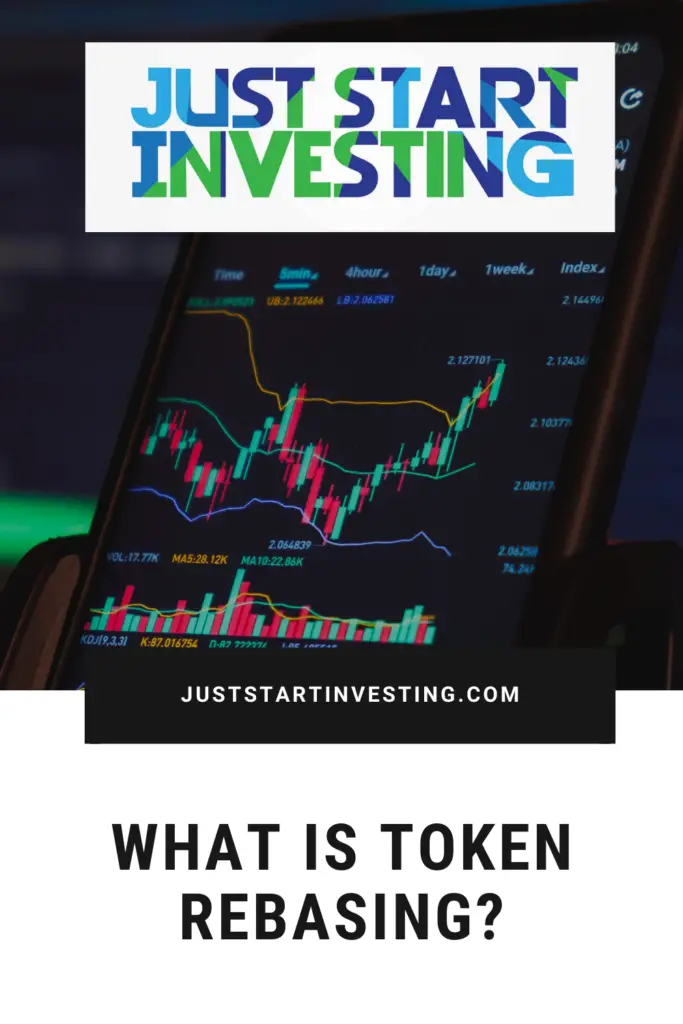Decentralized Finance (DeFi) isn’t a new concept in the crypto space. While DeFi is made out of many sectors, token rebasing is the latest that traders try to grasp their minds around. As with any DeFi sector, token rebasing will eventually boom and become profitable.
But explaining token rebasing can be difficult. As such, we suggest you read through this article, where we will tell you what rebasing is and give you examples of some rebase tokens. So with all that out of the way, let’s start.
What Is Token Rebasing
You might recognize rebasing from surveys. Surveys use rebasing to omit or exclude unnecessary or ambiguous data from surveys. This form of rebasing is very different from token rebasing. The two concepts might share the same name, but they are two entirely different approaches.
In cryptocurrencies and tokenomics, rebasing means adjusting the total supply of a circulating token to meet market demands. What this means is that the total supply of a cryptocurrency token is limitless. These tokens do exist, but they are far and few. Bitcoin has a total circulating supply, much like Ethereum, Cardano, and many other top cryptocurrencies.

When a token has no exact supply, it steers investors away from these projects. The reason why that’s the case is because of scarcity. With scarcity comes demand. If there is no demand for a token because its supply is limitless, then chances are the price won’t drive up. Because of this, rebase tokens are meant for short-term profits. Not only that, rebase tokens and rebase crypto, in general, is akin to stablecoins. But the concept of stablecoins and rebase tokens is also different.
The whole point of stablecoins is to sit at a constant price of $1. That isn’t the case with token rebasing. Token rebasing adjusts the total supply of a token based on market demand. If the demand for a token is greater, the rebase will increase the supply. If the total demand for a token is lower, the rebase will decrease the supply.
But does that affect your holdings?
How Does Rebasing Work and How Does It Affect Your Holdings?
Rebase tokens are the latest trend in DeFi. We already mentioned that the sector could be booming. But many are skeptical about it. Since these tokens adjust the total supply based on demand, it could pose a dangerous road for traders to walk on. Some of the most popular rebase tokens are OlympusDAO, Wonderland, Redacted Cartel, Klima DAO, and more.
By looking at a list of these tokens and taking a closer look at their price, you’ll see that they are far from the $1 mark. This is why they are so different from stablecoins. As a matter of fact, both stablecoins and rebase tokens share price adjustment, but they hope to achieve different things.
So how does rebasing work? Let’s assume that you have bought 100 X tokens. These tokens are all $1 each – for clarity purposes. In truth, the price will not be $1 and can sometimes go as high as $500. Let’s also assume that after buying 100 X tokens for $100, the price goes up by 20%. That means your holdings are now $120 with a single rebase token being worth $1.2. But after a rebase, the total supply of that token is increased by 20% (the same as the percentage of growth). That means instead of 100 tokens, you have 120 tokens. With that, your holdings are also worth $144 instead of $120.
Judging by this example, you might think buying rebase tokens is a good investment. But what you’re forgetting is that you also lose your investments if the price goes down. For example, if the price goes down by 20%, you now have 80 tokens instead of 100. The worth of the token is also 20% less than the price you bought for.
This is in short what rebase crypto is.
Popular Rebase Tokens
Now, let’s look at some popular rebase tokens by market capitalization.
• OlympusDAO
OlympusDAO is a new project meant to be a decentralized currency protocol. The OHM tokens are meant to be the new “stablecoin.” But the twist here is that the price of OHM isn’t supposed to be $1, and the token isn’t backed by the US dollar. Instead, the OHM token is backed by numerous assets in the Olympus treasury.
Explaining what decentralized autonomous organizations are and what OlympusDAO hopes to achieve is very difficult. As such, we have a guide on that topic right here.
• Wonderland
Wonderland with its token, TIME, is a very similar project to OlympusDAO. The protocol uses staking as a means to incentivize users to hold TIME tokens. The protocol rewards users with TIME tokens. What Wonderland hopes to be is the same as OlympusDAO – a decentralized reserve currency. But where both differ is on the network they operate. Wonderland is native to the AVAX (Avalanche Blockchain) network.
• Redacted Cartel
Redacted Cartel is an ICO project with no set date as of yet. There is very little information about this project, but that doesn’t stop BTRFLY tokens from reaching a price of $3,258 per token. In short, Redacted Cartel is a subDAO on the OlympusDAO ecosystem. By staking BTRFLY tokens, you get rewarded in discounted BTRFLY tokens.
Finishing Thoughts
Rebase tokens are also known as elastic supply tokens. They have no total supply, and the total supply adjusts daily based on market demand. This method proves to be very profitable, but also highly risky. Investors can easily make money, but also lose money just as easily. Token rebasing is the latest DeFi trend that many believe will be the next step forward in flexible tokenomics.

Partner at Vega Capital Management - a private funds management company.
An experienced portfolio manager with 10+ years of proven and reputable track record in investment management and financial analysis. Currently, a partner at one of the fastest-growing private fund management companies in southeast Europe, Kiril has been tending to a loyal international base of client-investors and partners. When he is not crunching numbers and increasing his client’s wealth, he reminisces about his Michelin-star restaurant cheffing years and fondness of the culinary arts.


